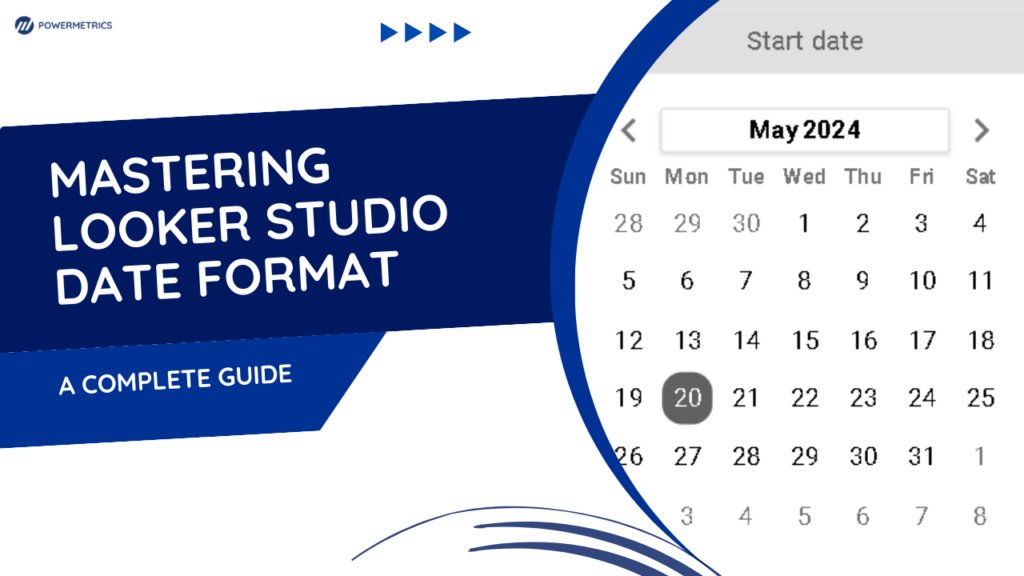
Discover the Email marketing KPIs crucial for measuring the success of your campaigns. Email marketing is an important part of online communication because of its unique ability to make connections with customers. It is an essential tool in today’s digital environment because of its capacity to build customer relationships, develop leads, and deliver specific information.
Fast forward to the section you're most interested in:
Importance of measuring Email marketing KPIs:
Measuring Key Performance Indicators (KPIs) is a crucial email marketing technique that provides valuable insights into the performance and success of campaigns.
KPIs are like a guide that helps marketers manage the difficult world of strategy and tactics. They offer important details and an overview of audience behaviour, participation, and performance.
They provide crucial data points, offering a panoramic view of performance, engagement, and audience behaviour. Whether it’s tracking open rates, click-through rates, conversion metrics, or subscriber growth, these metrics unveil the impact and resonance of email initiatives.
Marketers may adapt experiences to audience preferences, improve content, and enhance strategies by closely evaluating key performance indicators (KPIs).
In essence, KPI measurement isn’t just about numbers—it’s about understanding, optimizing, and driving meaningful results in the dynamic landscape of email marketing.
10 Essential Metrics and Email Marketing KPIs
Here are 10 essential metrics and Key Performance Indicators (KPIs) for email marketing:
- Open Rate: This metric reveals the percentage of recipients who opened your email. It reflects the effectiveness of subject lines and overall email relevance.
- Click-Through Rate (CTR): CTR measures the percentage of recipients who clicked on at least one link within your email. It indicates the engagement level and effectiveness of your email content.
- Conversion Rate: This KPI tracks the percentage of email recipients who completed the desired action (purchasing, signing up, etc.). It shows how well your emails convert leads into customers or achieve set goals.
- Bounce Rate: Bounces occur when emails can’t be delivered to recipients. This metric is divided into two categories: hard bounces (permanent issues like invalid email addresses) and soft bounces (temporary issues like a full inbox). Monitoring this helps maintain email list quality.
- Unsubscribe Rate: This metric represents the percentage of subscribers who opt out of receiving future emails. A high unsubscribe rate might signal issues with content relevance or frequency.
- List Growth Rate: Measuring how fast your email list is growing is crucial. This rate shows the percentage of new subscribers compared to the total list size and indicates the effectiveness of your acquisition strategies.
- Forward/Share Rate: This metric reveals the number of times your email content is shared or forwarded. It signifies audience engagement and can expand your reach organically.
- Email Sharing/Forwarding Ratio: This ratio compares the number of times an email is shared or forwarded to the total number of delivered emails. It indicates the content’s shareability and its potential reach beyond the original recipients.
- Time Spent Viewing Email: Tracking how long recipients read your emails offers insights into content engagement. It helps understand audience behavior and interest levels.
- Revenue per Email: This KPI calculates the revenue generated per email campaign. It ties email marketing efforts directly to the bottom line, showcasing its impact on sales and revenue generation.
These metrics and KPIs form the foundation for assessing the effectiveness of email campaigns, enabling marketers to optimize strategies, improve engagement, and drive better results.
Tools for Tracking and Analyzing Email marketing KPIs
Here are some popular analytics and tracking tools used for monitoring Email Key Performance Indicators (KPIs):
- Google Analytics: While primarily known for website analytics, Google Analytics can also track email campaign performance by adding UTM parameters to email links. It provides insights into website behavior resulting from email clicks.
- Mailchimp: Mailchimp is an email marketing platform that offers comprehensive analytics and reporting features. It tracks open rates, click-through rates, and subscriber behavior, allowing A/B testing to optimize campaigns.
- HubSpot: HubSpot’s email marketing tool provides detailed analytics on email performance, including open rates, CTRs, bounce rates, and more. It integrates with the CRM for better lead management and tracking.
- Constant Contact: This platform offers robust email tracking features, allowing users to monitor open rates, CTRs, unsubscribes, and social media shares. It provides insights into audience engagement and behavior.
- SendGrid: SendGrid offers detailed analytics on email delivery, opens, clicks, bounces, and more. It helps in understanding email engagement and optimizing campaigns for better results.
- Campaign Monitor: This tool analyzes email performance, audience engagement, and subscriber behavior. It tracks KPIs such as open rates, click-through rates, and conversions.
- AWeber: AWeber’s analytics offer insights into email performance metrics like open rates, click-through rates, and subscriber growth. It helps in assessing the effectiveness of email campaigns.
- Litmus: Litmus offers email analytics and testing services. It tracks email opens, forwards, geolocation, and device usage and provides insights for optimizing email designs and content.
- Sendlane: This platform tracks email metrics such as open rates, click-through rates, conversions, and revenue generated from email campaigns. It provides insights for audience segmentation and automation.
- Drip: Drip offers email marketing analytics to track subscriber engagement, conversions, revenue attribution, and behavioral data for targeted campaigns.
These tools offer diverse features for tracking and analyzing Email KPIs, providing valuable insights that empower marketers to optimize their email campaigns for better engagement, conversion rates, and overall effectiveness.
Conclusion:
Continual analysis and optimization of Email Key Performance Indicators (KPIs) stand as the linchpin in the success of any email marketing strategy. It’s not merely about gathering data but leveraging insights to fine-tune campaigns, improve engagement, and drive meaningful results.
By embracing ongoing analysis, marketers unearth opportunities for refinement, ensuring that strategies remain agile and responsive to ever-evolving audience preferences. In essence, the commitment to ongoing analysis and optimization of Email KPIs isn’t just a practice—it’s the heartbeat that keeps email marketing campaigns growth and relevant.
Recent posts




